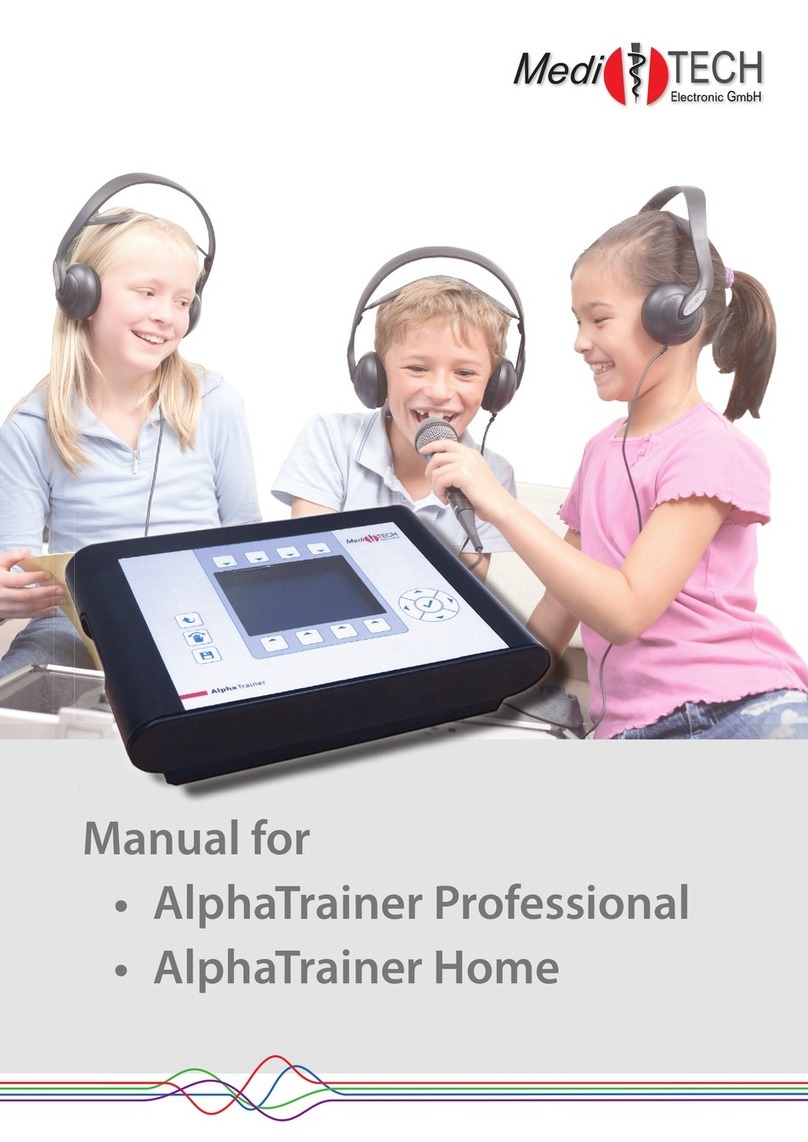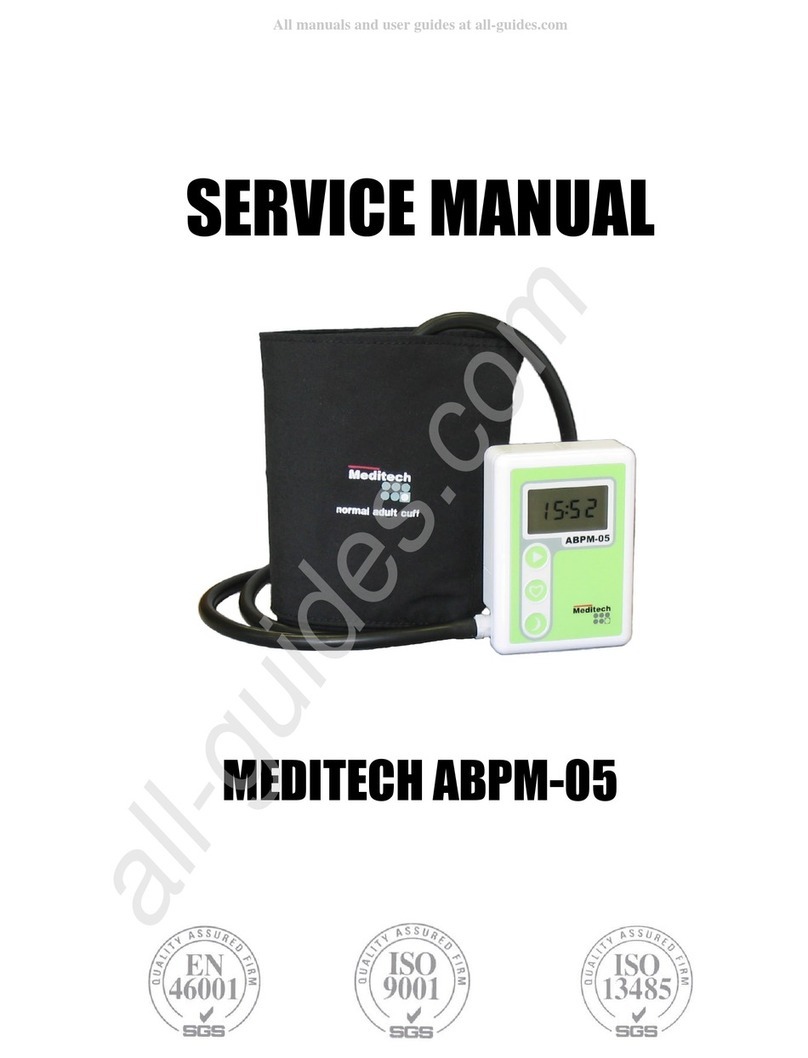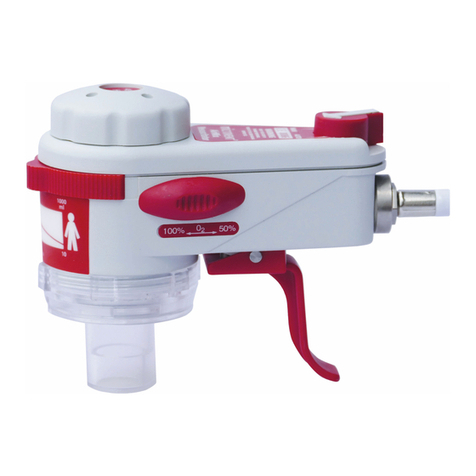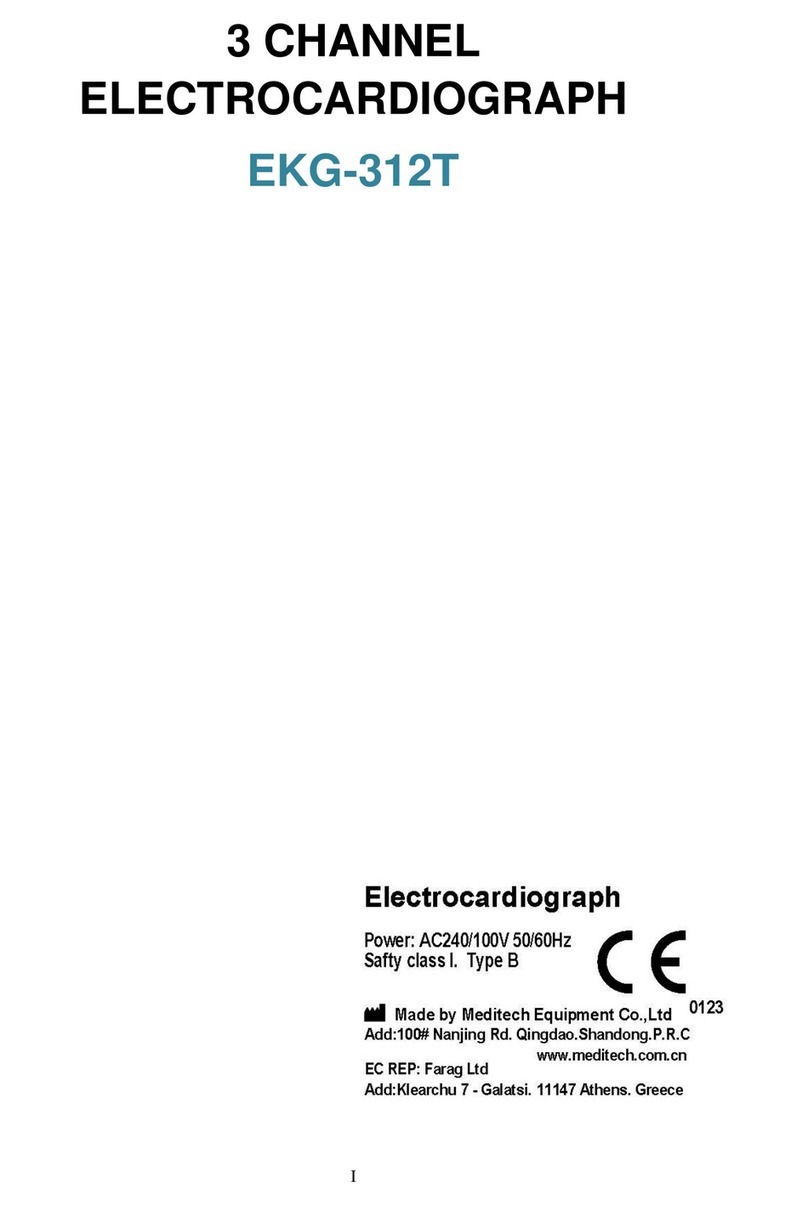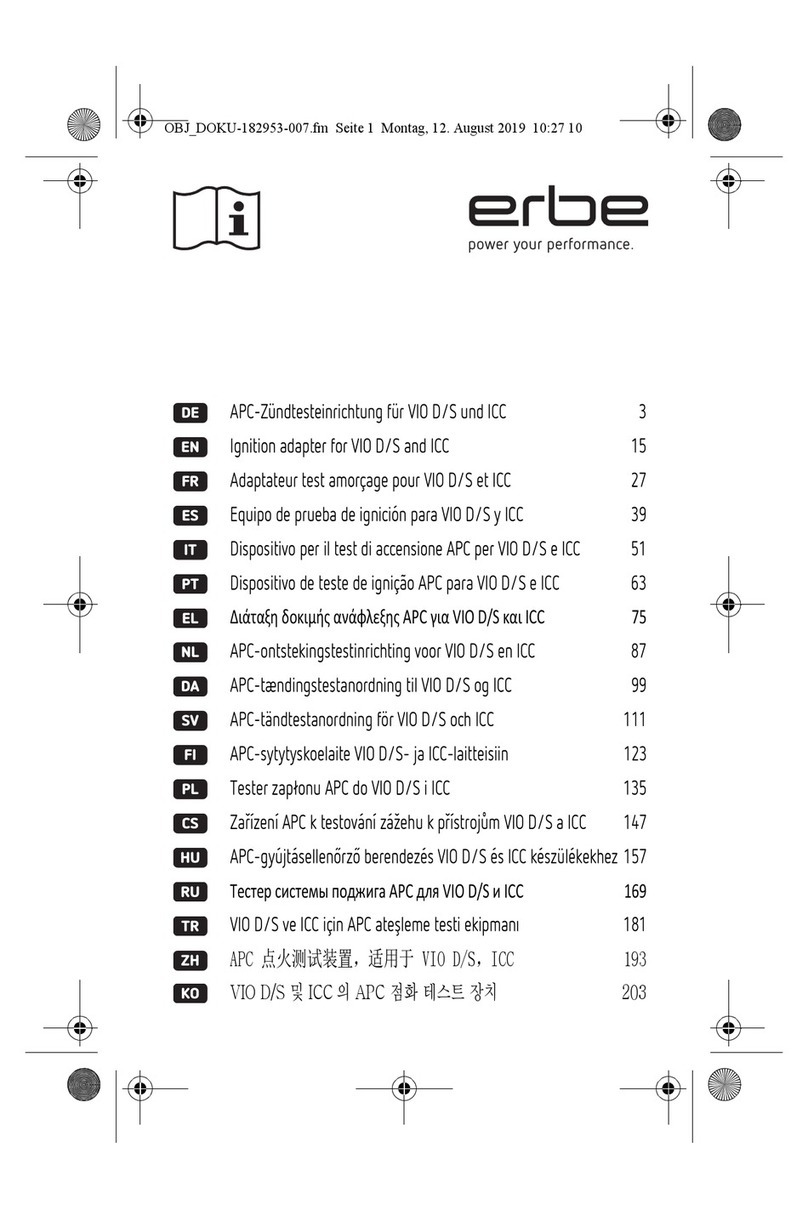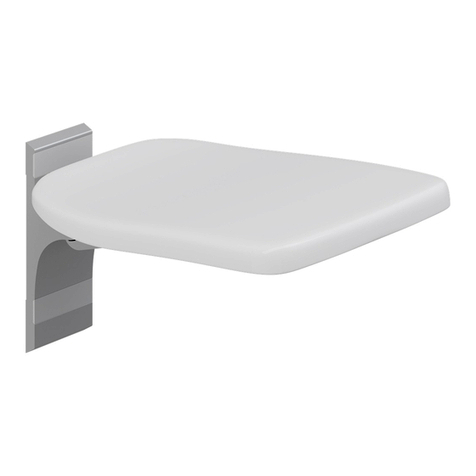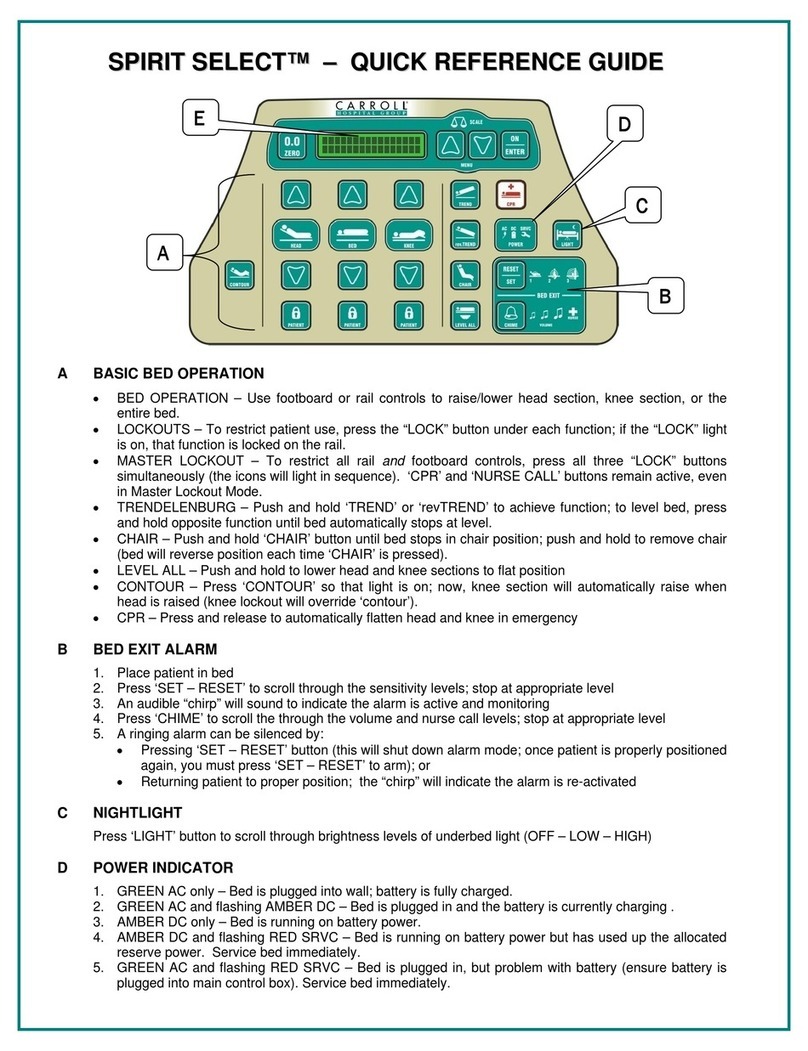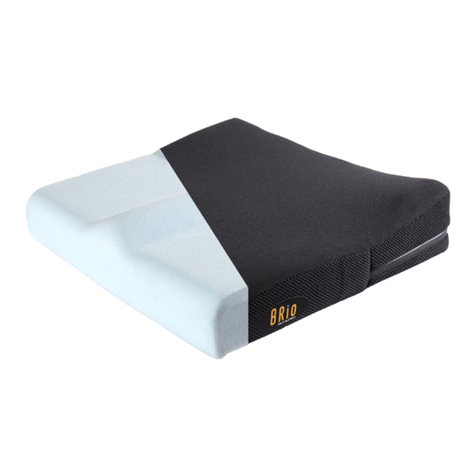Meditech C-Scan User manual

Digital Portable Diagnostic Ultrasound System
User's Manual
Ver. 1.2-49
PLEASE READ ALL OF THE INFORMATION IN THE PACKAGE INSERT BEFORE
USING THE SPIROMETER.
IF YOU DO NOT UNDERSTAND THE INSTRUCTIONS, CONSULT MEDITECH,
Meditech Equipment co., Ltd.

Product information:
Dear customer, thank you for choosing our Digital Portable Diagnostic Ultrasound System.
In order to ensure the safe and correct operation of the equipment, please read and
understand the entire contents of this manual before using the ultrasonic equipment so that
you can familiarize yourself with the device performance and operation. Please place the
manual in an easily accessible location.
Product name:Digital Portable Diagnostic Ultrasound System
Product Model:C-Scan
Version:E01
:

Product manual:
A. The system will fully apply quantitative analysis tools which have only been used in
research laboratories before into routine clinical examination, so that users can
extract more critical diagnostic information through cardiovascular image.
B. The system uses real, raw data DICOM networking capabilities, enabling users to
fully manage data, which can exchange a variety of medical findings, and these data
will be open for future quantitative analysis. The user-friendly design and comfortable
interface combined with intelligent and efficient software allow the operator to
customize the workspace.
C. The system ergonomic design is simple and comfortable, so that the operator can
freely adjust the system monitor and its user interface. High-resolution images can
help the physicians to concentrate on the patient.

Advice:
In order to ensure the safe use of this equipment, please comply
with the following requirements:
A. Only qualified medical personnel with a professional qualification certificate can use
this system.
B. Only qualified acoustic images can be used for medical scans for the purpose of
medical diagnosis.
C. The acoustical strengths shown in this manual are below the limits for medical
applications.
D. The formulas and databases in this manual are for reference only.
E. Although there is no side-effect when using ultrasound diagnosis, it is still advised to
avoid the use of unnecessary ultrasound energy on human body.
F. Do not use the device in the presence of flammable anesthetics. Do not use with a
defibrillator.

Statement:
The system provides software upgrades. With the improvement and update in the
future, the system may provide new features and performance improvements. At the same
time, the software version will also be updated, so the contents of this manual are subject
to changes and modifications in the update version without prior notice to the users.
The function and operation interface described in this manual series may be
unavailable or look different in your system considering that the product may be slightly
customized according to the sales region. Please refer to the actual configuration of the
purchased machine.
The Company makes no warranty of any kind with regard to this material, including, but
not limited to, implied warranties of fitness for a particular purpose.
For the replaced defective parts and scrapped whole machine, please do not discard
as garbage. They should be recycled or discarded according to local laws and regulations,
and classified according to environmental protection requirements properly.
Meditech shall be responsible for the performance, reliability and safety
of the instrument only if all of the following requirements are met: If it does not
comply, it is not within the scope of the Company's responsibility:
A. Follow the instructions in this manual when operating the device;
B. The relevant electrical equipment complies with the national standards and the
requirements of this instruction manual;
C. Assembly operations, expansion, re-adjustment, modification and repair are carried
out by company-approved professionals;
D. All components involved in maintenance and all accessories, consumables used are
original or company-approved.

Copyright:
A. The contents of the hardware and related documents of this system are protected by
all intellectual property rights
B. No part of this manual may be copied or reproduced in any form or by any means
without prior written consent.
C. This manual serves only as a reference for operating, servicing and maintaining this
system. The company owns the copyright of this non-public publication manual and
reserves the right to treat it as confidential information.
D. Meditech Equipment co., Ltd. has the right of final interpretation of this manual.
Issued Date:
Warranty and maintenance services
The warranty period of the purchased product shall be subject to the sales contract.
Consumables: Refers to a disposable consumable that needs to be replaced after each
use or a regularly replaced consumable, and the supplies are not warranted.
Warranty period started from the “installation date”filled in the attached "warranty card".
The "warranty card" is the only proof for warranty period calculation. To protect your rights,
please fill in the warranty card right after the purchase and return it to the agent or mail
back to the service department of the manufacturer.

Please note that the following situations will not be covered by the warranty:
1. The system files are unauthorized modified.
2. The customer does not complete and return the equipment warranty card within 30
days after the purchase acceptance is completed;
3. The serial number of the equipment provided by the customer is not correct (our
company validate the warranty by equipment serial number).
4. During the warranty period, after-sales services are free. However, please be aware
that, even during the warranty period, we may charge the costs for the maintenance
and accessories if the malfunction is caused by the following reasons:
Man-made damage;
Improper use;
The grid voltage is outside the product specifications;
Irresistible natural disasters;
Replacement or use of unauthorized parts, accessories, consumables, or
maintenance by unauthorized personnel;
Other failure that is not caused by the product itself;
After the expiration of warranty, we can continue to provide maintenance services at
your own costs.
If you are unable to pay the fees for the charged repair service in time, we may
suspend the service until we receive your payment.
After - sales service units

User Manual framework(Including three parts)
Safety Specifications Volume:
Describes patient safety and operator safety information, and points
out the system's compliance standards and safety regulations.
User Manual Main Volume:
Describes the system operating procedures, maintenance checks,
basic functions, system daily preparation work and instructions for
using the system.
Probe and Consumables Operating volumes:
Describes procedures for cleaning, disinfecting, and maintaining the
probe's working and disinfecting procedures and accessories, as
well as information on consumables.

CONTENTS
Safety Specifications Volume
.............................................................................. 1
Chapter 1 Safety Specifications.................................................................................. 1
1.1 The text used in this manual .............................................................................................3
1.2 A description of the safety symbol and the device label ...............................................4
1.3 Identify the label..................................................................................................................5
1.4 Safety classification............................................................................................................ 6
1.5 Patient safety.......................................................................................................................6
1.6 Operator safety ................................................................................................................... 8
1.7 Safety of the Probe............................................................................................................. 9
1.8 Electrical Safety ................................................................................................................ 10
1.9 EMC....................................................................................................................................11
1.10 ALARA Principle (As Low As Reasonably Achievable) .............................................. 16
1.11 Safety Statements ............................................................................................................ 17
1.12 Biological Effects ..............................................................................................................17
User's Manual Main Volume
.............................................................................. 18
Chapter 2 System composition and characteristics ..................................................18
2.1 System composition .........................................................................................................18
2.1.1 Specification of product specification and its division .............................................18
2.1.2 Performance..................................................................................................................19
2.2 Intended use...................................................................................................................... 22
2.3 Contraindications ..............................................................................................................23
2.4 Target population.............................................................................................................. 23
2.5 Lifetime...............................................................................................................................23
Chapter 3 System Appearance..................................................................................24
3.1 System Appearance ......................................................................................................... 24
3.2 Introduction to Parts ......................................................................................................... 25
Chapter 4 Operation Panel Function Introduction.....................................................26
Chapter 5 Storage and Transportation of the System...............................................28
5.1 Environment requirement ................................................................................................28
5.2 Power requirements .........................................................................................................29
5.3 Storage and transport conditions ...................................................................................29
5.4 Mobile devices ..................................................................................................................30

5.5 Transport equipment ........................................................................................................31
Chapter 6 Basic Screen Layout and Menus ..............................................................32
System Setup Area..................................................................................................................... 32
Parameter control area.............................................................................................................. 32
6.1 Parameter display area....................................................................................................32
6.2 Image scanning area........................................................................................................ 32
6.3 Parameter control area ....................................................................................................33
6.4 Teaching display area ......................................................................................................33
6.5 System Setup Area...........................................................................................................33
6.6 System status area...........................................................................................................33
6.7 Scanning mode choice..................................................................................................... 33
6.8 One button optimization...................................................................................................34
Chapter 7 Turning on / off the system .......................................................................34
7.1 Check before starting .......................................................................................................34
7.2 Turn-on procedure............................................................................................................ 34
7.3 Check after booting ..........................................................................................................34
7.4 System Settings ................................................................................................................ 35
7.5 Shut down the system......................................................................................................37
7.6 Software Update ..................................................................................................................38
Chapter 8 Clinical Application Types .........................................................................38
8.1 B mode scanning ..............................................................................................................38
8.2 C mode scanning (for convex and linear) .....................................................................42
Chapter 9 Measurements and application (For both linear and convex)..................43
9.1 General scanning..............................................................................................................43
9.2 Distance measurement ....................................................................................................44
9.3 Enlargement and Translation..........................................................................................44
9.4 Area measurement ...........................................................................................................45
9.5 Arrow ..................................................................................................................................45
9.6 Angle...................................................................................................................................46
9.7 Perimeter............................................................................................................................ 47
9.8 Text .....................................................................................................................................47
9.9 IMT......................................................................................................................................48
9.10 Special................................................................................................................................49
9.11 Biopsy.................................................................................................................................50
Chapter 10 Instruction and Storage...........................................................................51
10.1 Patient Information Maintenance.................................................................................... 51
10.2 Doctor Information Maintenance ....................................................................................52
10.3 Image storage ...................................................................................................................53

10.4 Video storage .................................................................................................................... 54
10.5 End the examination.........................................................................................................55
10.6 Patient Archive ..................................................................................................................56
10.7 Image Measure and Play................................................................................................. 59
Probe and consumable operation volumes
....................................................... 62
Chapter 11 System Maintenance and Care ..............................................................62
11.1 System maintenance........................................................................................................62
11.2 Use of the probe ............................................................................................................... 63
11.3 Put on probe protective cover.........................................................................................64
11.4 Probe maintenance ..........................................................................................................65
11.4.1 Precautions....................................................................................................................65
11.4.2 Clean the probe ............................................................................................................ 66
11.4.3 Sterilization of the probe..............................................................................................67
11.5 Peripheral cleaning........................................................................................................... 69
11.6 Screen cleaning ................................................................................................................ 69
11.7 SECURITY INSPECTION ............................................................................................... 70
11.8 Troubleshooting ................................................................................................................ 70
11.9 List of accessories ............................................................................................................71
11.10 Disposal of the product ................................................................................................71
Appendix A Acoustic Output Data
..................................................................... 72
A.1 Description......................................................................................................................... 72
A.2 Maximum probe surface temperature............................................................................ 72
A.3 A.3Sound output report form...........................................................................................73
A.4 A.4Sound output of published information ....................................................................73
Appendix B Type B imaging performance
......................................................... 74
Appendix C uses ultrasound phantom illustrations
........................................... 76

1
Safety Specifications Volume
Chapter 1 Safety Specifications
This chapter describes important safety measures to be taken before operating the
C-SCAN system, and also points out the system's compliance criteria. To ensure the
safety of the patient and the operator, please read the following safety regulations before
using the unit.
Do not modify this product, including system components, software, cables. User
modifications to the device can cause safety problems and system performance
degradation. All modifications must be made by our authorized personnel.
Do not use this unit where water may enter the machine.
Do not place the liquid above the device. If the conductive liquid
permeates into the circuit elements, it may result in a short circuit and
cause a fire.
Never pour any liquid to the machine or let it flow into the machine,
otherwise there will be danger of electric shock. If you accidentally spill
liquid on the machine, immediately disconnect the power and contact our
sales office or dealer.
Do not operate this equipment in an environment with flammable or
explosive liquids, vapors or gases such as oxygen or hydrogen. The

2
spark generated by equipment failure or the fan motor may electronically
detonate these substances.
Do not place the probe in a chemical (e.g. corrosive, degradable,
contaminated) environment to avoid damage to the device / probe due to
strong acid or alkali.
Operators should pay attention to the following points to avoid the risk of such
explosion:
If a flammable substance is detected in the environment, do not plug in or
turn on the system.
If a flammable substance is detected after the system has been turned on,
do not attempt to turn off the device or unplug the power supply.
If flammable substances are detected, ventilate the area before closing
the unit.
Connect the power supply and the ground wire according to the correct
method in the user manual, otherwise there is danger of electric shock.
Do not connect the ground wire to any gas or water pipe, which could lead
to risk of explosion.
Do not use any probes and power adapters other than those supplied by
us. Doing so may cause damage to the unit and the probe. In extreme
cases, a fire accident may occur.
Do not open the case. If the case is opened with power on, there is a
danger of a short circuit or electric shock.
Always keep the machine dry and avoid moving the unit from a colder
place to a warmer place, otherwise condensation or water droplets may

3
occur, causing a short circuit hazard.
Be sure to use the power adapter supplied with this unit.
If the unit malfunctions, please contact your sales office or agent of UTI
Technologies. Do not dispose of this product yourself.
1.1 The text used in this manual
Indicates a particularly hazardous situation which, if not avoided, could result in:
Severe or fatal injury
Significant property damage
Fire
Indicates that a potential situation, if unavoidable, could result in:
Slight or severe personal injury or life-threatening
Significant property damage
Indicates a potentially hazardous situation which, if not avoided, could result in:
Slight personal injury
property loss
data lost

4
Indicates a potential non-compliance situation that could result if unavoidable:
Abnormal wear and tear of equipment
Invalid operation
1.2 A description of the safety symbol and the device label
symbol
Description
This symbol indicates "power on"
This symbol indicates "Power Off".
This symbol indicates "equipotential".
This symbol indicates a "dangerous voltage".
This symbol usually means security and other important matters.
This symbol indicates the B type application part.
This symbol indicates "AC marking indicates AC power and rated current".
Non - ionizing radiation
Global Medical Devices term
This symbol indicates that the diagnostic system should be appropriately handled in
accordance with applicable local, state, or federal laws.
In accordance with the Waste Electrical and Electronic Equipment (WEEE)
Directive, this symbol also indicates the classification of electrical and electronic
equipment.
Atmospheric pressure, transport and storage of atmospheric pressure range from
700 to 1,060 hPa.

5
1.3 Identify the label
Digital Portable Diagnostic Ultrasound System
MODEL:C-SCAN
INPUT: AC 100V-240V 50Hz
SN:
POWER CONSUMPTION: DC3.8V 2500mAH
Probe:
The orange ring indicates a convex array probe and the green one indicates a linear
array probe.
All probes have the working frequency indication and a raised edge on the shell to
designate the orientation.
The raised edge corresponds to "●◄" mark on the scanning screen. "●◄" mark
indicates the direction of the scanning probe.
note:
Relative humidity, relative humidity in the transport range of 30% to 75% (no
condensation).
Ambient temperature, transport and storage Ambient temperature range 5 °C to
40 °C (non-condensing).

6
1.
If the probe parameters or specifications change, consult your local authorized representative or
refer to the latest instructions.
1.4 Safety classification
In accordance with the degree of anti-electric shock: Application components for the
B-type applications.
According to the degree of protection against harmful liquid into: Host: IPX0 (general
equipment); Probe: Waterproof grade IPX7.
Products classified as non-AP / APG based on flammable anesthetic gas mixed with
air or flammable anesthetic gas mixed with oxygen or nitrous oxide.
Whether the device has a defibrillation effect of the protection of the application of the
discharge part: no application part for the defibrillation discharge protection.
According to the work mode the device is divided into continuous work equipment.
1.5 Patient safety
Always maintain correct identification of all patient data and verify the
accuracy of such data when entering patient names and / or ID numbers.
Make sure that all log data and the patient identification provided in the
print are correct. Identification errors may result in incorrect diagnostics.
Make sure the patient information is confidential.
After disinfection of the accessory, the chemical reagent or gas must be
completely removed. Residual chemicals reagent or gases can cause
damage to the accessory, as well as damage to the body.

7
Do not use the system in the presence of flammable gas (such as
anesthetic gas, hydrogen) or flammable liquid (such as ethanol, etc.),
otherwise it may cause an explosion.
Connect the power adapter to a dedicated ground socket on the hospital
to ensure that it is adequately earthed.
There may be a risk of electric shock if any lighting, monitor or visual
indicator remains open after the device is turned off.
Be careful of biohazard when performing inspection procedures. To
prevent the spread of the disease.
The system is not suitable for eye or the examination that may cause the
sound beam through the eye.
The instrument should be used with caution to patients with burns or other
external skin damage.
The device cannot be used for a long time to check the fetus.
This instrument may cause blurred images if the patient has too much gas
in the gastrointestinal tract.
After examination of each patient, thoroughly clean the probe and
reusable accessories and disinfect or sterilize as needed.
The possibility of system interference with pacemakers is small. However,
since this system generates high frequency electrical signals, the operator
should be aware of the hazards that this interference may cause.
There is no risk of burns in normal ultrasound, even when the temperature
of the probe surface exceeds the patient's temperature due to the ambient

8
temperature and inspection mode. To avoid burns, do not expose the
probe to the same part of the patient's body for extended periods of time.
In the conditions to meet the diagnosis, try to shorten the inspection time.
Diagnostic scan is not allowed during device charging.
Any accessories (such as couplers) used in conjunction with the system
must meet the appropriate industry standards and be approved for listing.
1.6 Operator safety
Operator requirements
Only qualified doctors, medical personnel familiar with ultrasound technology or sound
spectrum tester may perform the scanning for the patient, unauthorized personnel shall not
indiscriminately use the device.
Improper operation of this system may result in the risk of injury to the operator. Only
the qualified personnel of our company will be allowed to unpack the equipment and
perform the initial system installation. Do not attempt to install the unit yourself.
Risk of electric shock. Do not attempt to disassemble the system yourself.
Repairs and internal adjustments may only be made by qualified
personnel of our company.
Before cleaning equipment, one should shut down the system to prevent
electrical leakage.
To avoid the operator's hand, wrist or arm fatigue, please note the
following:
1) Keep the body in a balanced position during the scanning
operation.

9
2) During operation, avoid long periods of repetitive operations,
regular breaks to relax the muscles.
3) Do not force the probe too hard to avoid the operation in an
uncomfortable posture caused by the operator hand, wrist or arm
fatigue.
1.7 Safety of the Probe
If the probe falls or collides with the object, do not use the probe until the
electrical leakage test confirms that the electrical safety is not impaired.
Do not immerse the entire probe in the liquid to clean it. Since the probe
plug does not have a waterproof function, this may cause an electric
shock or malfunction of the probe.
Using the probe with caution, damage to the probe may increase the risk
of electric shock. Always check for cracks or openings on the shell of the
probe, whether there are holes inside or around the sound lens, or other
damage to allow water to flow into the probe.
If the contact surface of the probe is scratched, immediately stop using
the probe and contact your sales office or dealer. If you use a scratched
probe, there is a risk of electric shock.
Avoid bending or twisting the probe cable so that it will not crack or
damage the probe shell, or that the electrical performance of the probe
will be affected by the breakage or exposure of the cable.
Table of contents
Other Meditech Medical Equipment manuals
Popular Medical Equipment manuals by other brands
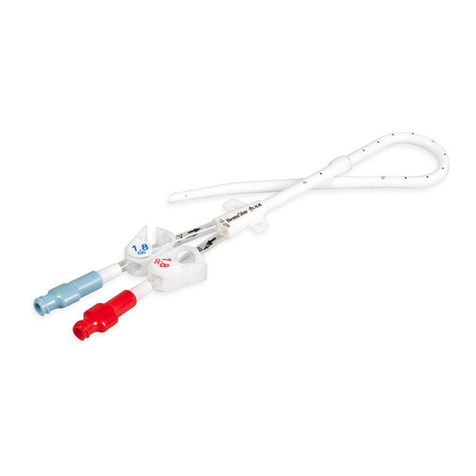
Bard
Bard vas-cath Instructions for use
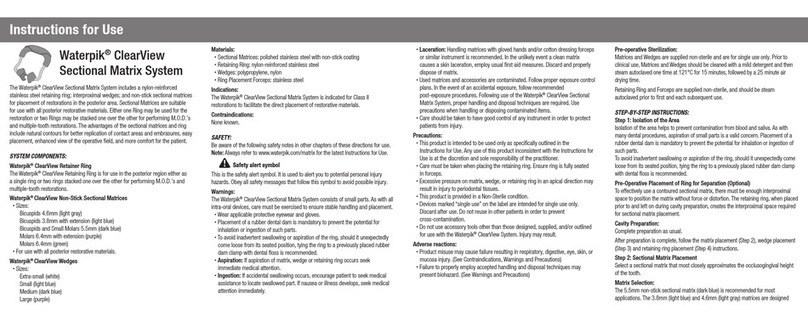
Waterpik
Waterpik ClearView Instructions for use
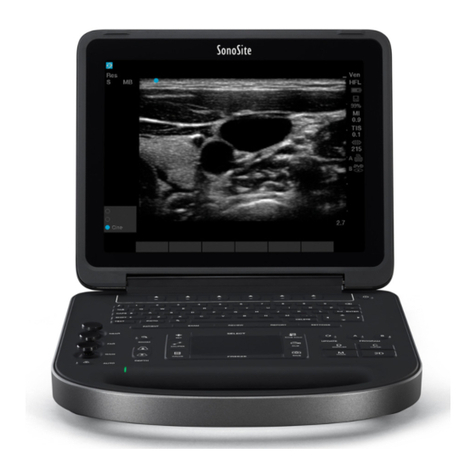
FujiFilm
FujiFilm SonoSite Edge II Service manual
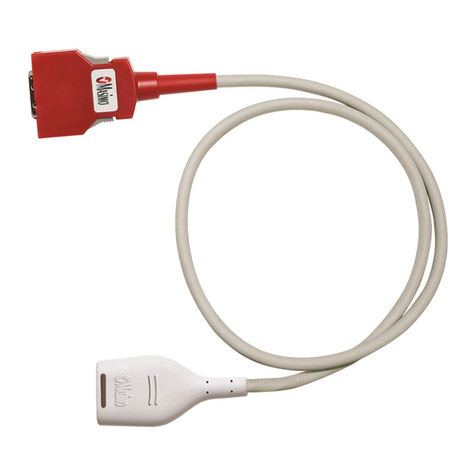
Masimo
Masimo RD rainbow SET MD20 Series Directions for use

bort medical
bort medical EpiBasic Sport Instructions for use
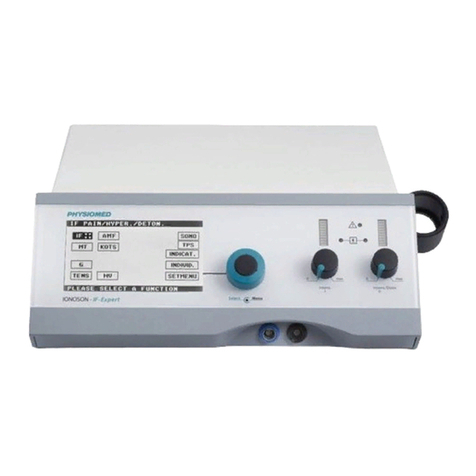
Physiomed
Physiomed IONOSON-IF-Expert operating instructions
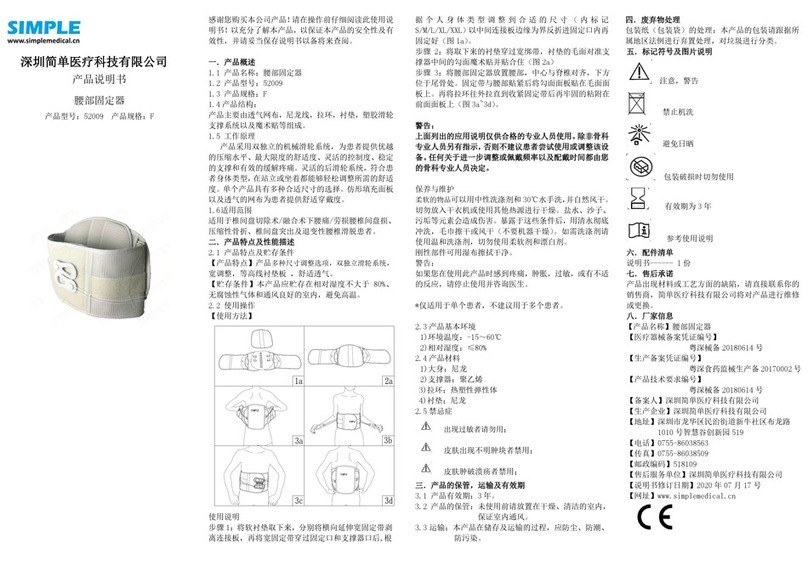
Simple
Simple LSO 200 Instructions for use
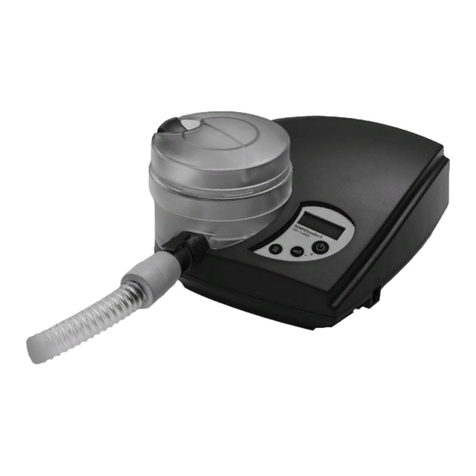
Weinmann
Weinmann SOMNOcomfort 2e Description of the equipment and instructions for use
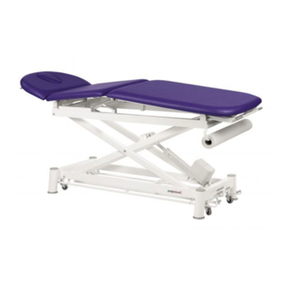
ECOPOSTURAL
ECOPOSTURAL C7521 instructions
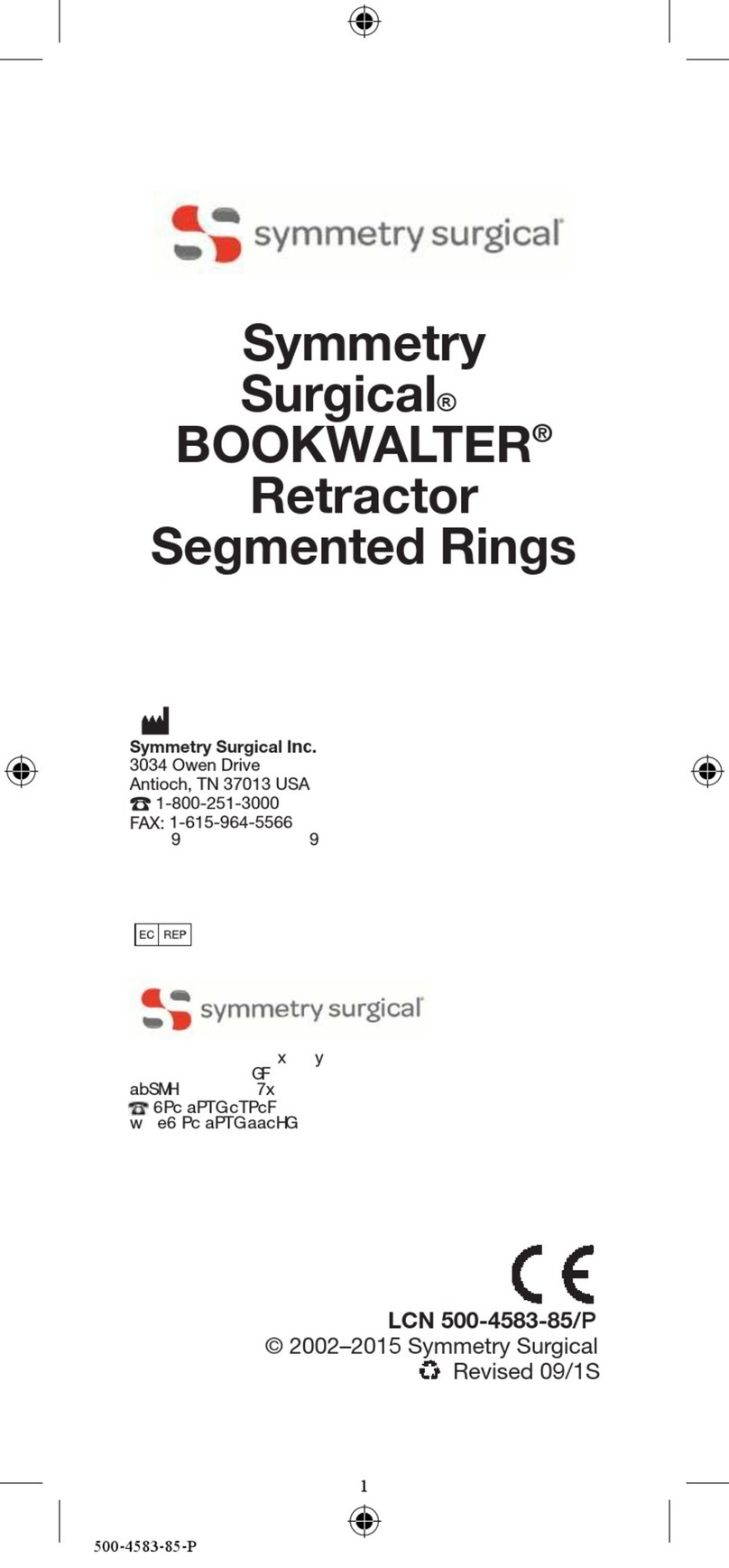
Symmetry Surgical
Symmetry Surgical Bookwalter manual
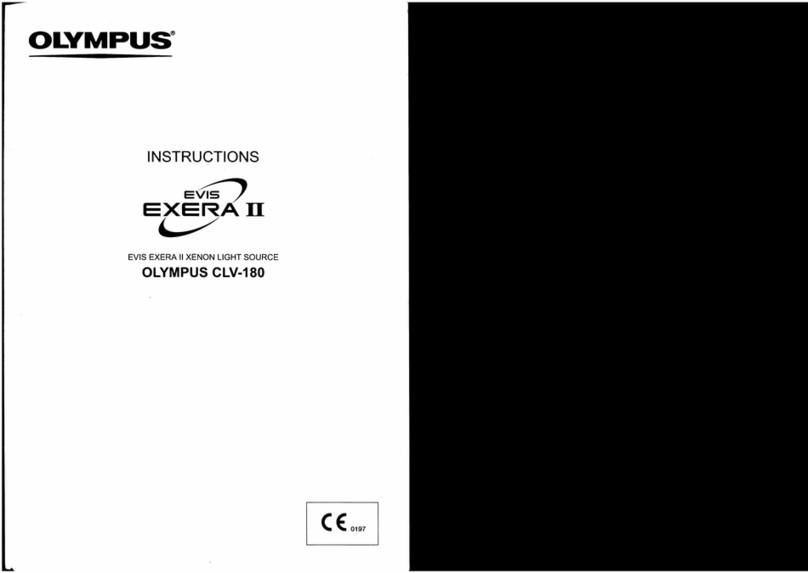
Olympus
Olympus EVIS EXERA II instructions
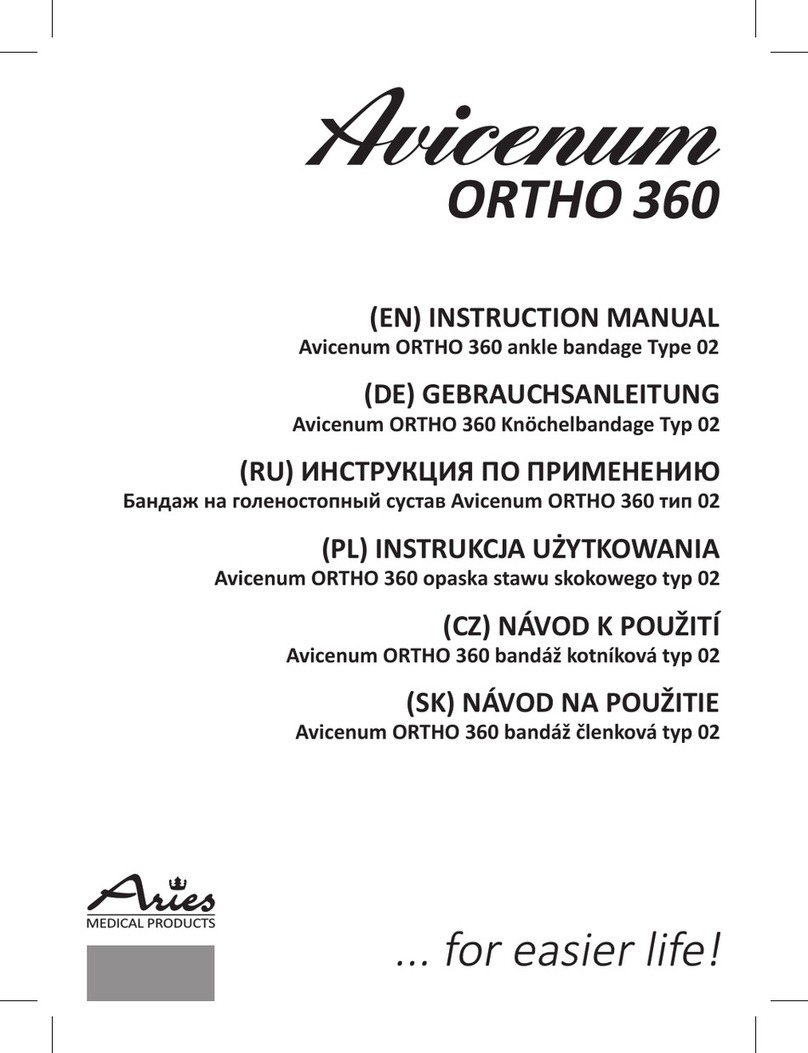
Avicenum
Avicenum ORTHO 360 instruction manual
